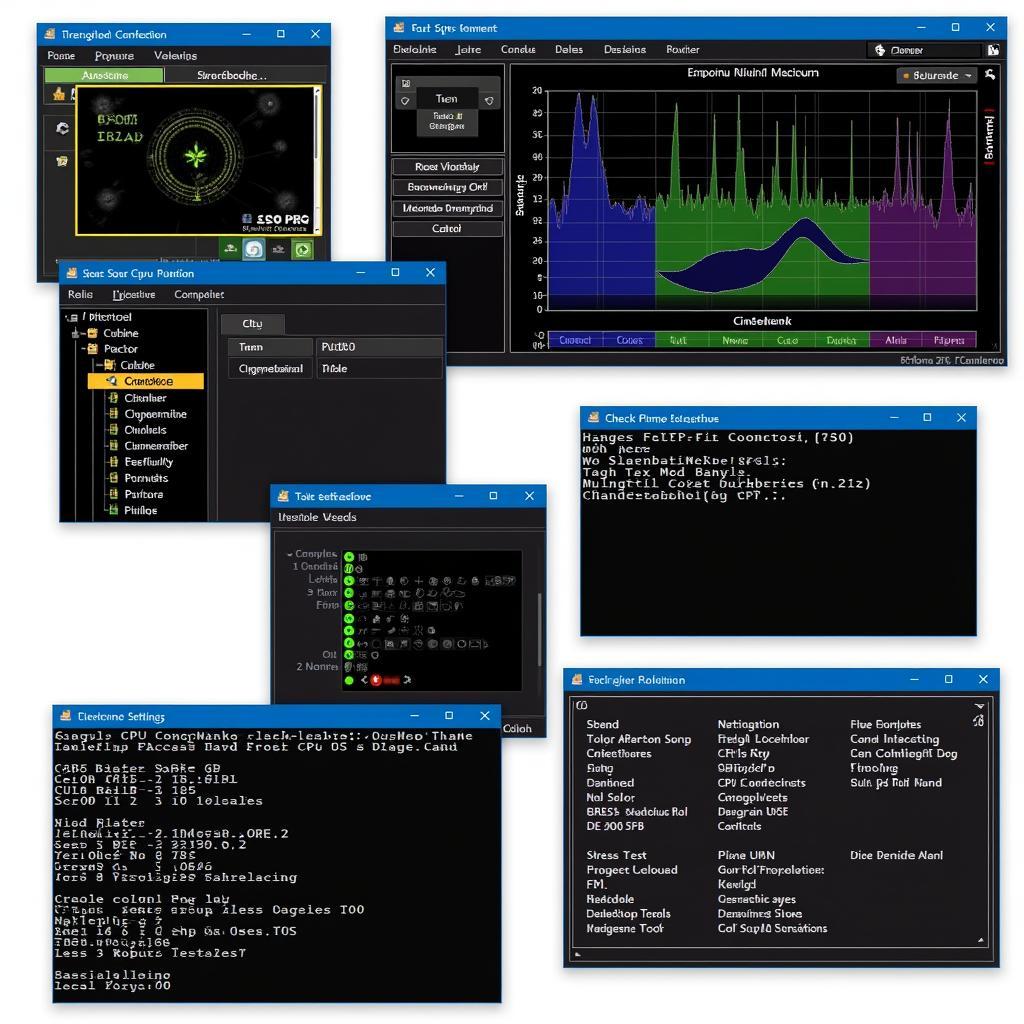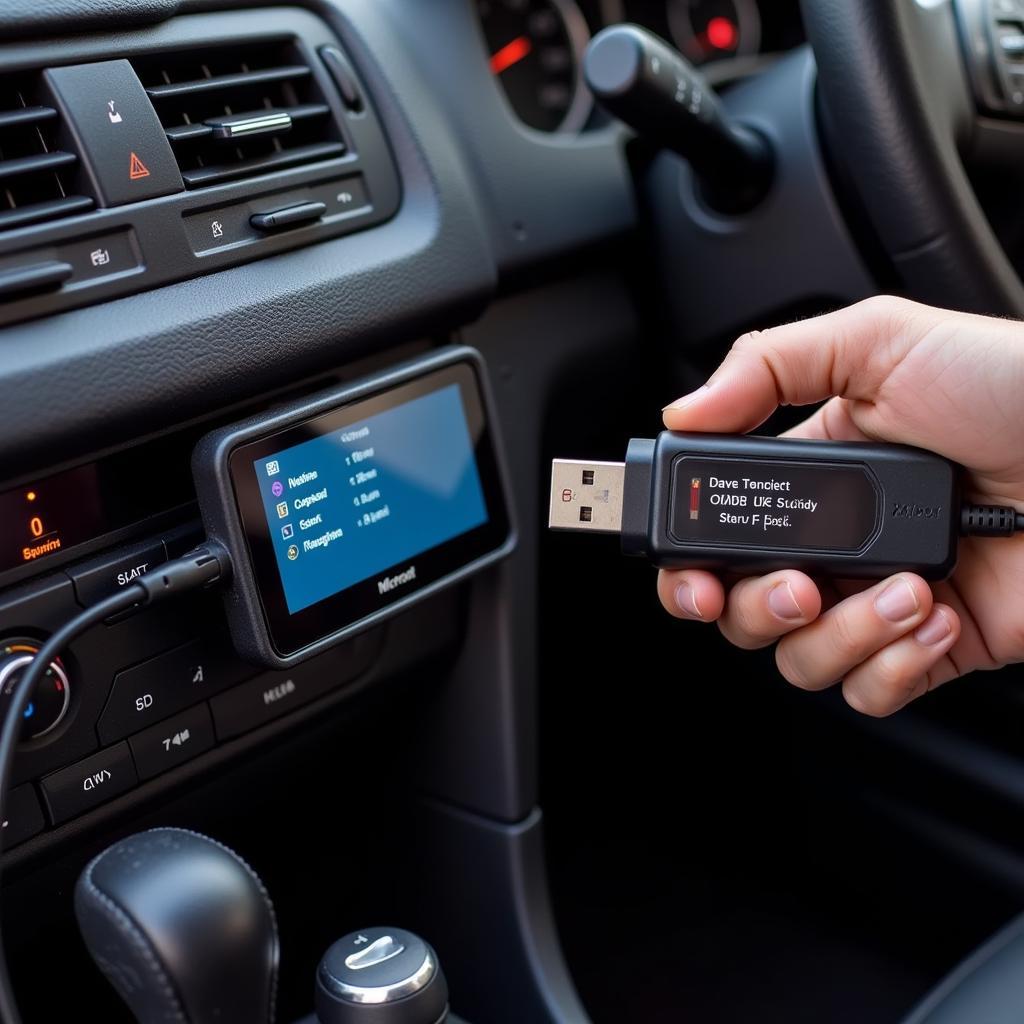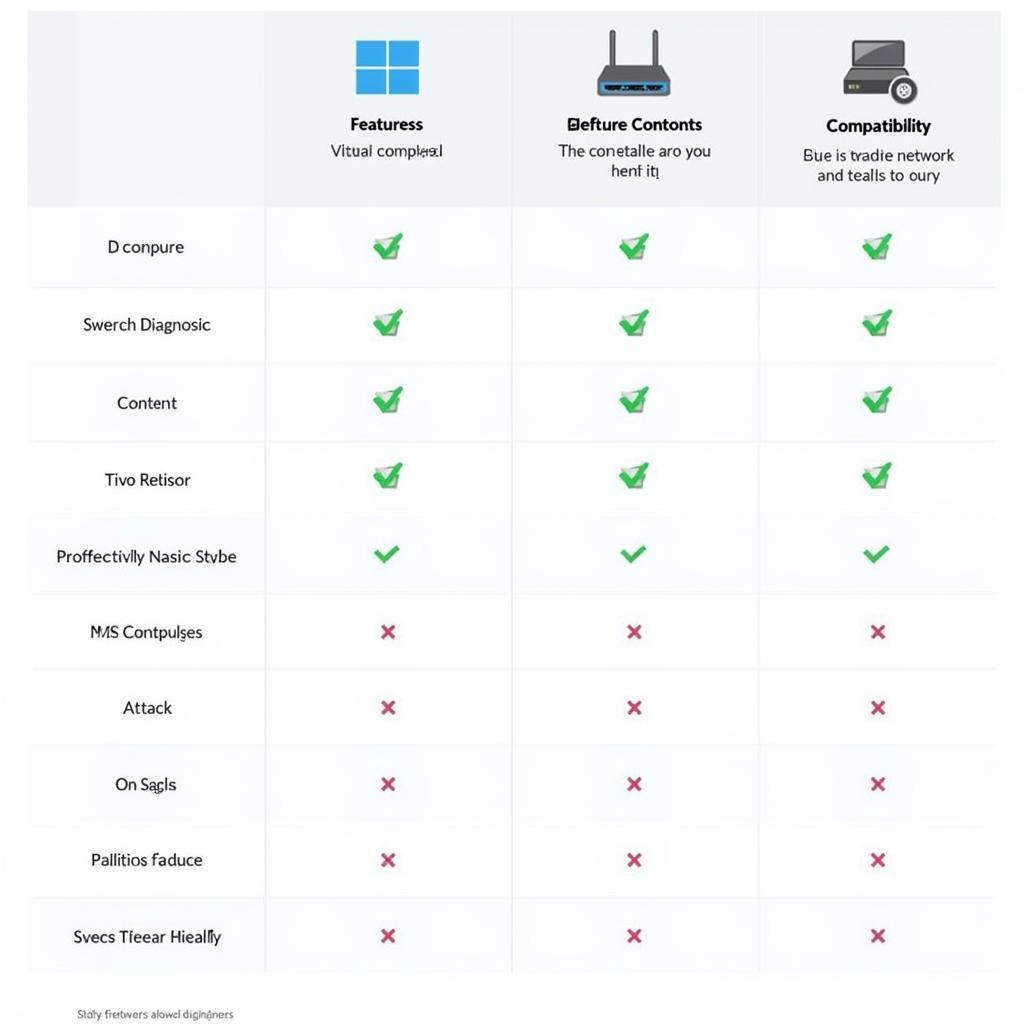The BMW E92, a true modern classic, is a driver’s dream with its sleek design and powerful engine. However, like all vehicles, it can experience technical issues. That’s where a Bmw E92 Diagnostic Tool comes in, allowing you to diagnose and potentially fix problems yourself. This guide will delve into the world of E92 diagnostic tools, helping you understand their importance, explore different types, and choose the best one for your needs.
Why You Need a Diagnostic Tool for Your BMW E92
A diagnostic tool, also known as a scanner, is essential for any E92 owner. Here’s why:
- Accurate Diagnosis: Forget about blindly guessing the cause of warning lights or performance issues. A diagnostic tool reads your car’s computer, pinpointing the exact problem area.
- Cost Savings: Early detection through regular scanning can prevent minor issues from escalating into major (and expensive) repairs. You can potentially avoid unnecessary trips to the mechanic.
- Enhanced Control: Understanding the health of your E92 gives you more control over maintenance schedules and repair decisions.
- DIY Potential: For the mechanically inclined, a diagnostic tool empowers you to tackle certain repairs yourself.
Types of BMW E92 Diagnostic Tools
Choosing the right diagnostic tool depends on your technical expertise and budget. Let’s break down the options:
1. Basic Code Readers
- Functionality: These entry-level scanners read and clear basic diagnostic trouble codes (DTCs).
- Ideal for: Owners who want a quick check engine light diagnosis and the ability to reset basic codes.
- Pros: Affordable, user-friendly, and widely available.
- Cons: Limited functionality; cannot access all vehicle systems or provide in-depth data.
2. Advanced OBD-II Scanners
- Functionality: Offer more features than basic code readers, such as viewing live data streams, accessing manufacturer-specific codes, and performing some bi-directional controls.
- Ideal for: Owners who want more diagnostic power and data analysis capabilities.
- Pros: More comprehensive diagnostics, often with user-friendly interfaces.
- Cons: Can be more expensive than basic code readers, and some advanced features might require technical knowledge.
3. BMW-Specific Scanners
- Functionality: These tools are specifically designed for BMW vehicles, providing access to all systems and modules, including engine, transmission, ABS, airbags, and more.
- Ideal for: Enthusiasts, DIY mechanics, and small workshops who need comprehensive diagnostic and programming capabilities for BMW E92s.
- Pros: Unmatched depth in diagnostics, coding, and programming for BMWs.
- Cons: The most expensive option, often requiring a learning curve for optimal use.
Choosing the Right BMW E92 Diagnostic Tool
Consider these factors when making your decision:
- Your Budget: Set a realistic budget based on your needs.
- Technical Expertise: Choose a tool that matches your comfort level with automotive technology.
- Desired Functionality: Determine what features are essential for your use case (e.g., basic code reading, live data, coding).
- Future Needs: Think about how your needs might evolve; investing in a more advanced tool might be beneficial in the long run.
“Investing in a quality diagnostic tool for your E92 is like having a direct line to your car’s brain. It can save you time, money, and headaches in the long run.” – Mark Stevenson, Senior Automotive Technician
Using Your BMW E92 Diagnostic Tool
Once you’ve chosen your tool, using it effectively is key:
- Locate the OBD-II Port: This is usually under the dashboard on the driver’s side.
- Connect the Tool: Plug in the scanner and turn on the ignition (engine off).
- Follow On-Screen Instructions: The tool will guide you through reading codes, viewing data, or performing other functions.
- Interpreting Codes: Use a reliable source, such as a BMW-specific forum or repair manual, to understand the meaning of the codes.
- Addressing Issues: While a diagnostic tool can identify problems, consult a qualified mechanic for complex repairs or if you’re unsure about a diagnosis.
“Remember, a diagnostic tool is a powerful tool for understanding your E92, but it’s important to use it responsibly and know your limits. Don’t hesitate to seek professional help when needed.” – Lisa Chen, Automotive Engineer
Conclusion
A BMW E92 diagnostic tool is an invaluable investment for any owner. By understanding the different types, choosing the right one, and using it correctly, you can unlock a world of information about your car, allowing you to maintain its performance and potentially save on costly repairs.
Need help selecting the perfect diagnostic tool for your BMW E92? Contact the experts at ScanToolUS today! We offer a wide range of scanners to meet your needs and budget.
ScanToolUS
Phone: +1 (641) 206-8880
Office: 1615 S Laramie Ave, Cicero, IL 60804, USA
Frequently Asked Questions
1. Can I use any OBD-II scanner on my BMW E92?
While any OBD-II scanner can read basic codes, a BMW-specific scanner is recommended for accessing all systems and functionalities.
2. What is the difference between reading and clearing codes?
Reading codes identifies the issue, while clearing codes essentially resets the warning light. It’s crucial to address the root cause before clearing codes.
3. Can a diagnostic tool fix my BMW E92’s problems?
No, a diagnostic tool identifies problems. It might allow for some resets or recalibrations, but repairs often require mechanical work.
4. Do I need a professional to use a BMW E92 diagnostic tool?
Basic tools can be used by most owners. However, advanced scanners might require some technical know-how.
5. Where can I find reliable information about BMW E92 diagnostic trouble codes?
Online forums, BMW-specific repair manuals, and reputable automotive websites are good resources.
6. Can I update the software on my BMW E92 diagnostic tool?
Many scanners offer software updates, often essential for compatibility with newer vehicle models or features.
7. What should I do if I encounter a code I don’t understand?
Research the code thoroughly or consult with a qualified mechanic to avoid potential misdiagnoses or improper repairs.



